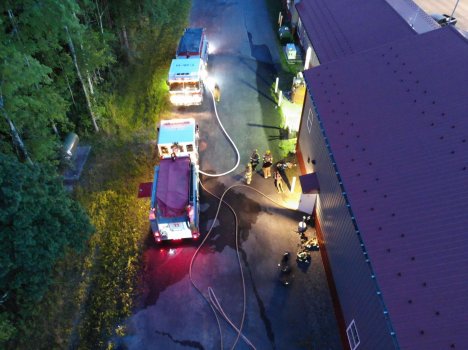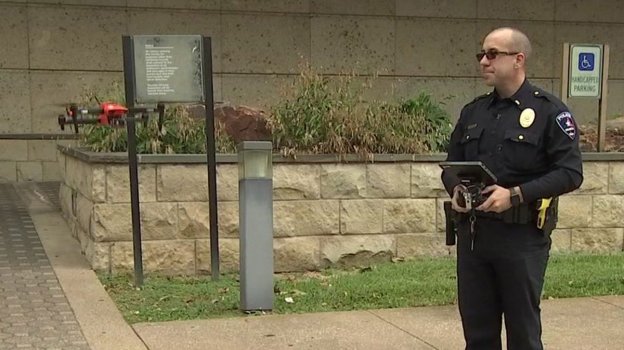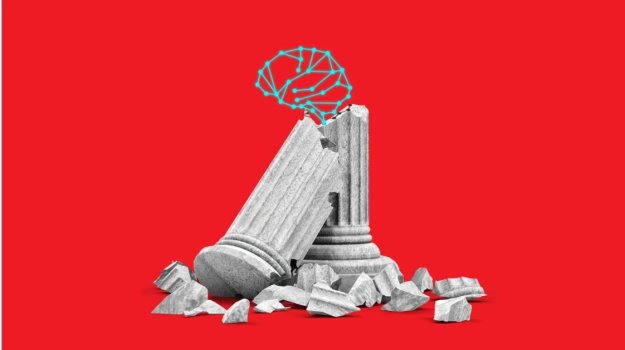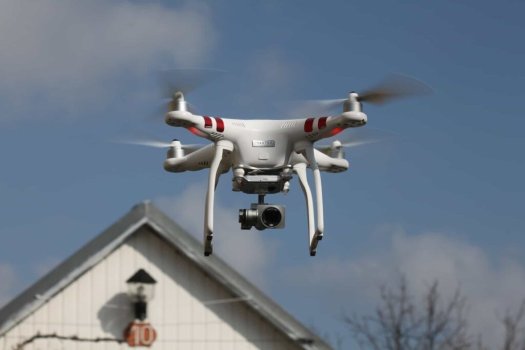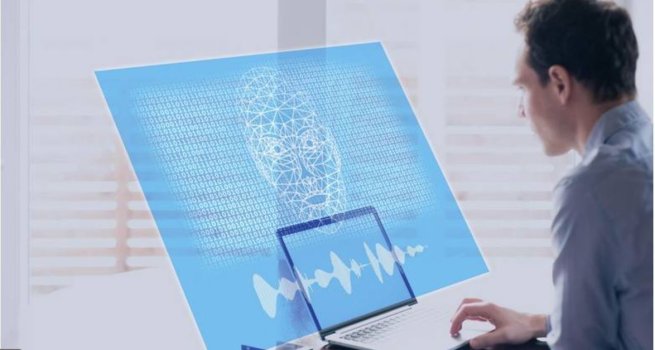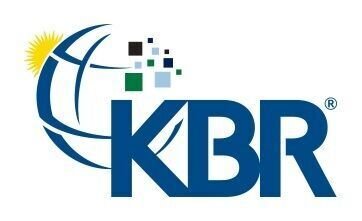Women in Tech: Elizabeth Tweedale, founder and CEO of Cypher
- Technology Workforce
- 0 Replies
Elizabeth Tweedale is the founder and CEO of EdTech startup Cypher, the coding school teaching kids from 5-14 years old how to code through creatively themed courses. Elizabeth founded Cypher in 2016 following her passion to get children to engage with tech from a young age. She’s a working mother, successfully published author, award winning entrepreneur and advocate for gender equality in education.
What were you doing before launching your business?
My husband and I launched our own business, GoSpace AI, where I was CTO. While a great experience, I did face many challenges that females in tech are also met with today. In an investment meeting, the boardroom refused to believe I was responsible for building the business’ technology as I was a woman and was refused investment.
I’ve always had an interest in tech. I worked within several leading architecture practices as a computational design specialist, working on Apple’s HQ in California along with other amazing buildings. Whilst in this role, I quickly realized that I progressed in my career because I had a good understanding of coding and that it is the foundation needed to be successful in all careers.
Continue reading: https://justentrepreneurs.co.uk/women-in-tech-interviews/women-in-tech-elizabeth-tweedale-founder-and-ceo-of-cypher
What were you doing before launching your business?
My husband and I launched our own business, GoSpace AI, where I was CTO. While a great experience, I did face many challenges that females in tech are also met with today. In an investment meeting, the boardroom refused to believe I was responsible for building the business’ technology as I was a woman and was refused investment.
I’ve always had an interest in tech. I worked within several leading architecture practices as a computational design specialist, working on Apple’s HQ in California along with other amazing buildings. Whilst in this role, I quickly realized that I progressed in my career because I had a good understanding of coding and that it is the foundation needed to be successful in all careers.
Continue reading: https://justentrepreneurs.co.uk/women-in-tech-interviews/women-in-tech-elizabeth-tweedale-founder-and-ceo-of-cypher



